What’s Hot, What’s Not?
Robert Mondavi, a famous California wine maker, was once quoted saying that wine is part of a gracious lifestyle. For many Americans, decorating with flowers and plants is another part of a gracious lifestyle. Gardening “work” is not what most people want to do today. Gardening “decorating” with plants to create or enhance space where family and friends can entertain and relax is hot. Most of the consumer trends I see demand that, as horticultural professionals, we build relevance of our products and services to the experiences of Americans from a wide range of ages, incomes and ethnic backgrounds.

Patting Our (Green) Backs
Green is hot. If Wal-Mart and Lowe’s tout the eco-friendliness of their businesses, why aren’t we shouting even louder? We are the original green industry. Our products remove carbon dioxide from the atmosphere, but I’ve not seen much communication on our part to remind customers of that. Yes, we do need research to quantify how much of a positive effect we have, but anecdotal evidence suggests that many industry dimensions are among the greenest of the green. Consider what actions your company has taken to do its part.
Are you committed to reduce plastic waste? With a grant from the American Floral Endowment (and possibly other funding sources still considering related grants), a team of scientists from Michigan State, Purdue, Texas A&M and University of Minnesota will profile and quantify consumer segments who are interested in plastic alternative containers and/or recycling programs. Some recycling programs are in place in regions of the United States.
Stephen Barlow of Barlow Flower Farm, Sea Girt, N.J., says that for every container returned to the store, they provide their customers with a 5-cent in-house credit toward other plant purchases. It is added incentive to recycle and probably contributes to additional sales. Do you offer plants in non-plastic containers? Are you considering recycling tags, flats, packs and other containers? Do you talk about that with your customers?
Conserving H20
Water conservation is hot, and not just in the regions hit hard by drought. Water debates will continue to heat up in hardest-hit communities and will undoubtedly influence the conservation measures in other areas of the country. Inconspicuous consumption does not equal responsible use. What are you doing to help your customers waste less of and wisely use this precious resource? Do you demonstrate cyclic irrigation, drip tubes and soaker hoses in your demonstration beds? Do you merchandise, demonstrate and use rainwater-collection devices? Water use has crippled retailers as well as the growers who supply them. The impacts will continue up the chain as the drought intensifies. We see signs of individual businesses and groups rallying to encourage more equitable restrictions. As an industry, we’ll need to continue to address this growing concern.
R.E.D. Alert!
Being part of that gracious lifestyle means we need to merchandise differently. When interacting with today’s customers, retailers and their partners up the distribution channel should think R.E.D.: relax, entertain and decorate.
Are you incorporating other products already part of today’s consumer perception of relaxation, entertaining, and decorating into your store’s displays and merchandising strategies? Do you have outdoor kitchen displays where you can invite local up-and-coming chefs for demonstrations? Do you show big-screen televisions, made to be watched outdoors, with your patio furniture and plant material? Are you inviting those other retailers into your operation to show how to integrate their products with yours?
We need to think more collaboratively to win some of the discretionary dollars going to outdoor electronics, kitchens and hardscapes.
Cashing in on Customized Containers
While landscape service businesses do the “dirty work” on a large scale, there is a growing demand for customized container plantings for smaller-scale individual homeowners. But don’t confuse small scale with small containers! These are large units that the consumer may prefer to have created where they’ll be enjoyed to reduce injury and transportation challenges.
Some garden centers have developed a profitable business unit that solely creates and grows customized plantings specifically created in the owner’s containers. These aren’t small potatoes, either. Often consuming the resources of several greenhouses, custom work can provide a guaranteed income with a high profit margin.
One garden center reported having so much business for customized planters that they didn’t have enough space to grow other products. I suggested raising the price to reduce the number of people who chose to keep the service and reduce the space needed. Sure enough, it worked!
Consumers will continue their love affair with containers. Get the garden out of the ground and up where people are living: on the deck, porch or patio. Grander homes require more extravagant containers. Think about it: Why would you put an 8-inch hanging basket outside the front door of a two-story home with a vaulted front entrance? The scale doesn’t fit. Containers have grown to fit the proportions of the starter castles and McMansions proliferating throughout the suburban landscape.
In the backyard, scale is a bit smaller, but consumers still want the big bang. Lightweight pseudoceramics are hot because you can still move them when they are full of plants. Liners and inserts for these behemoth containers will someday help fuel the growth. It gets harder to sell that which we cannot move in the backs of our SUVs.
Adding Value
But converse to the growth in home size is concern for the economy. Budget-friendly will be hot this year. With fears of a recession and increasing gasoline prices, consumers are more likely to stay closer to home this summer. What will they look at while they’re home? Maybe the retreat you help them create in their own backyard. Be creative in your efforts to communicate value.
For the price of a movie and snacks for a family of four, you can probably afford to put two large containers out back to enjoy all summer long. Suggest your consumers consider similar trade-offs and not look at spending on those large containers solely as an expense that will be gone the afternoon it’s purchased. It will be especially meaningful for those homeowners who haven’t managed their finances well and are working with a stretched budget to make the house payment.
Plants as Living Art
What about the plants? The lines are blurring even more between herbaceous and woody plants. We’ve put tropical plants into containers and they sell well, even in Michigan! We put annuals and perennials together, and consumers love the look. I think the Proven Winners and ColorChoice venture is just beginning to grow. What a great place to integrate flowering trees and shrubs but along with annual and perennial plants.
Consumers don’t care what the life cycle of the plant is botanically. If they like the look and consider it a good value, they’ll scoop it up. Let’s not waste a lot of time talking to them about overwintering these mixed containers and merchandise them for what they are: living art, one season of fabulous, colorful plants.
For some consumers, the emphasis on plant texture over color will continue, and for others, the emphasis of color will remain. Growers and retailers need to plan for both. What will be hot are the cool new combinations of plants. There continue to be many new introductions of great plants every year. What consumers hunger for are the combinations or recipes. While most still want that recipe prepared for them, others want to be inspired by what they see in the garden center.
Put it All Together
If you’re not using the mannequin technique that merchandising guru Judy Sharpton developed, you’re behind in consumer shopping. While they’re out shopping, women are inspired by mannequins they see dressed in the latest fashions. When the outfit appeals to them, they buy it the whole thing. Creating a mannequin as a central part of the display, then merchandising the pieces parts around it, gives the DIY (do-it-yourself) consumer inspiration and the supplies to create it at home. More often than not, the DIFM (do-it-for-me) consumers migrate to the center of that display and take the already-made container.
Either way, garden centers report it is a challenge to keep these displays full. Tina Bemis of Bemis Farms in Spencer, Mass., has another great way to inspire consumers by merchandising living art. The components (the words thriller, filler, chiller and spiller) are painted on a clear glass frame. The model is replaced when the components sell out. What a great concept!
“Grow Your Own!”
For some, organic herb and vegetable production is an enjoyable sideline (maybe not a full- blown hobby). Organic edible plants have been increasing in demand and will likely continue to increase this year and through the remainder of the decade. This is one product line that will greatly benefit from containers and tags made with alternative materials. Do we make it easy for our customers to buy ready-made organic containers? Not yet. Most of the merchandising I’ve seen is still back in the individual pots. What a boost in profitability a company could earn if they combined organic media, fertilizer and plants into a mixed container.
What’s the market for organic ornamentals? It’s there, but it’s smaller than for edible plants. It is likely to grow, but not as fast as some of the other trends. Right now, it depends on whether your business is located on one of the coasts. It may be several years before that trend migrates to the Midwest.
Integrating Trends
Consider how these consumer trends will affect your local market, take what you see as useful and integrate it into your marketing plan. Be sure to evaluate this year’s trends and document your successes and failures to help you plan again in 2009.

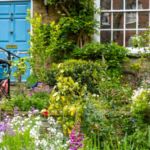

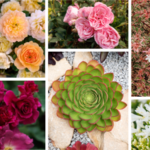
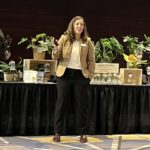

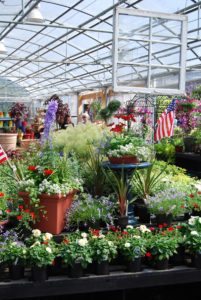
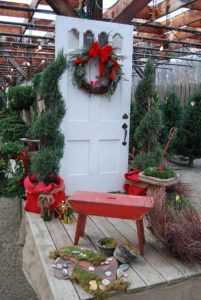
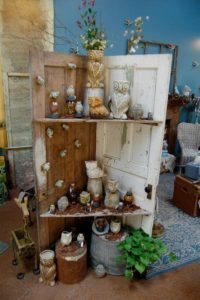

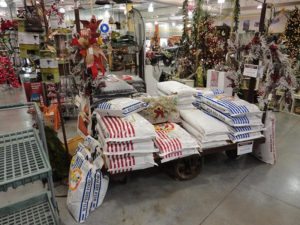
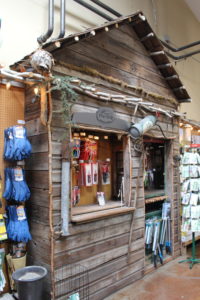
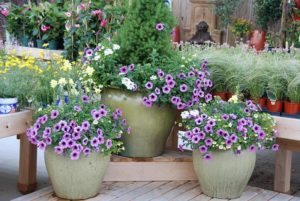
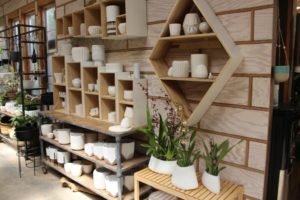
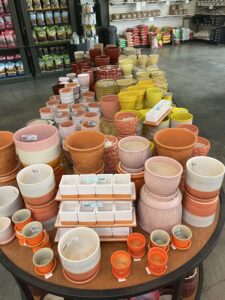
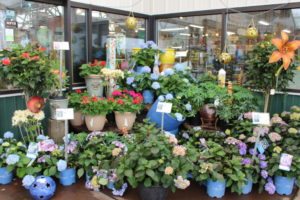
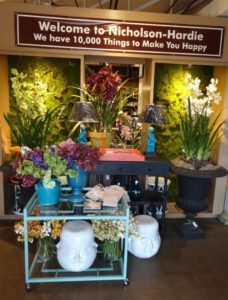
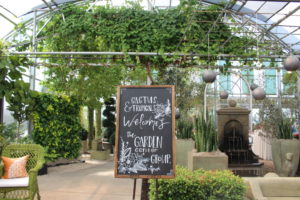
 Videos
Videos





